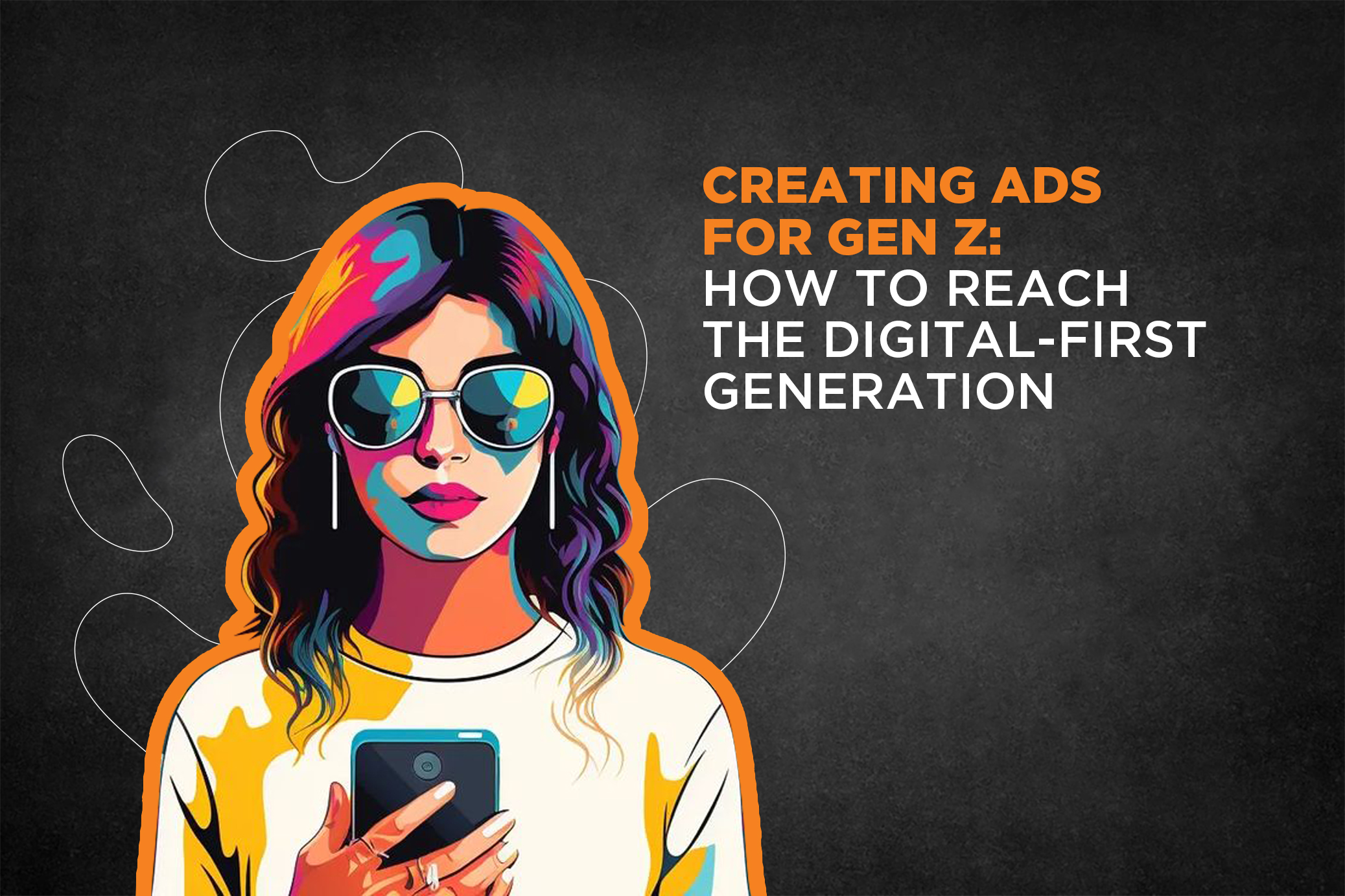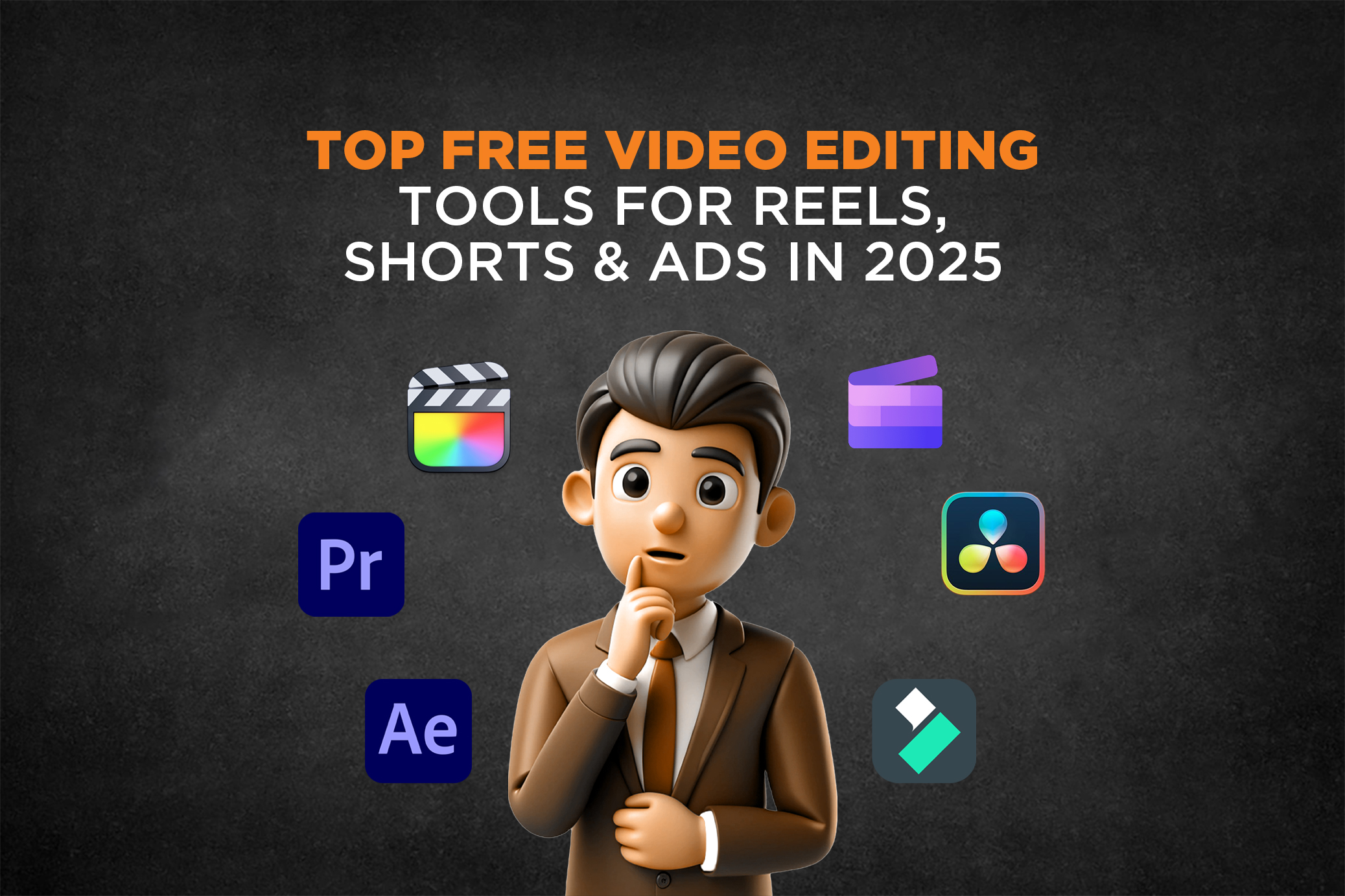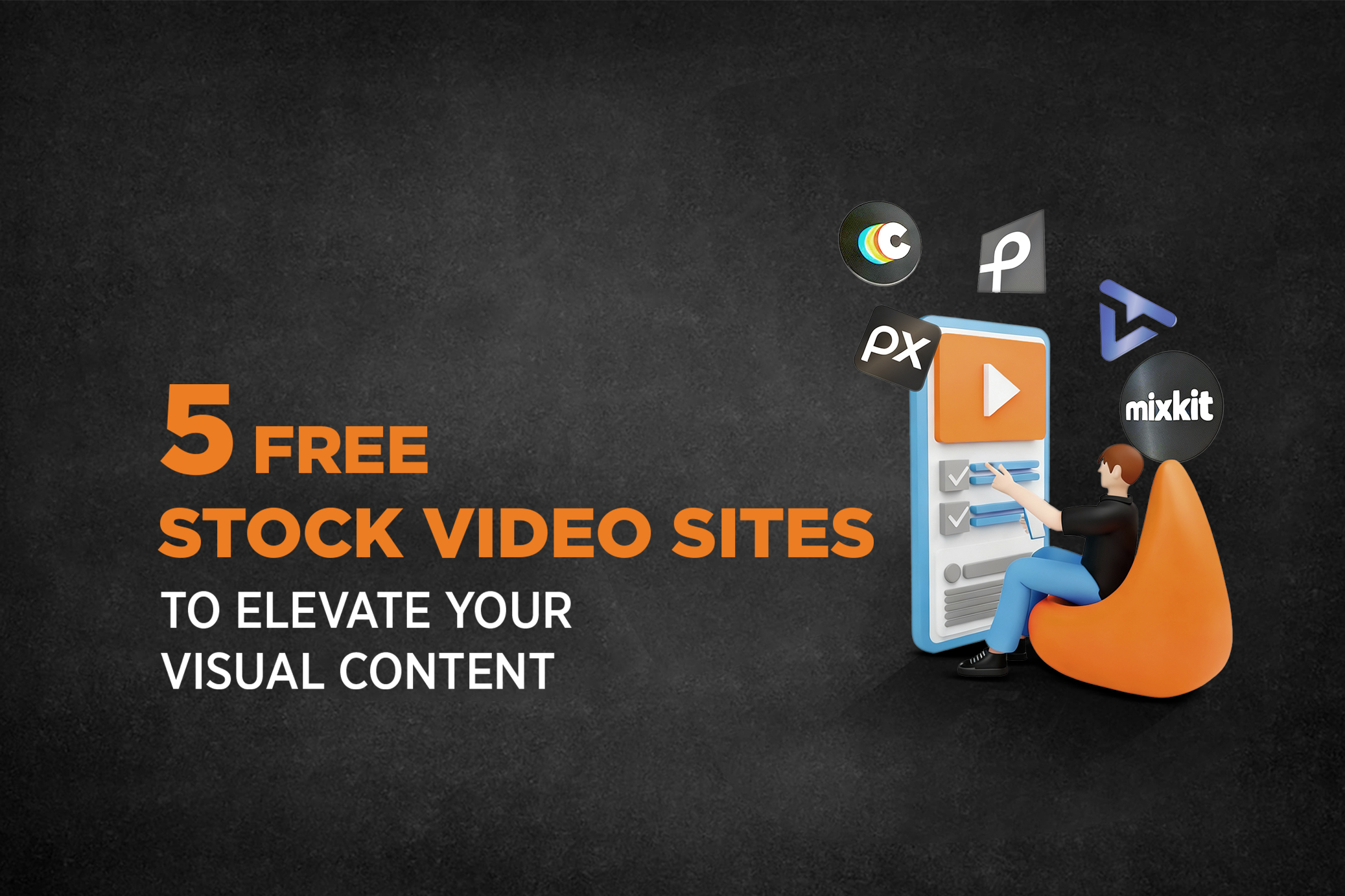Creating Ads for Gen Z: How to Reach the Digital-First Generation
Meet Gen Z—today’s most powerful group of digital natives. They're not just content consumers—they’re creators, trendsetters, and influencers in their own right. For brands trying to stay relevant in a fast-paced digital world, understanding Gen Z is no longer optional.
This isn’t about changing your message—it's about shifting your mindset.
Why Gen Z Marketing Matters in 2025
Born between 1997 and 2012, Gen Z has grown up in a digital-first world. From TikTok tutorials to Instagram activism, they have shaped a new form of engagement—one that prioritizes authenticity, relevance, and value-driven content.
They don’t just want to be entertained. They want to be understood.
What Sets Gen Z Apart?
Before crafting any campaign, it’s essential to understand what drives Gen Z—their behaviors, preferences, and expectations are unlike any generation before.
Authenticity Over Aesthetics
Perfectly polished content doesn’t impress them. Gen Z values content that feels real—raw behind-the-scenes moments, unfiltered opinions, and human storytelling resonate far more than overly curated brand messages. They can spot “fake” from a scroll away.
Purpose Before Profit
This generation wants to know what a brand stands for. Issues like mental health awareness, climate responsibility, and diversity aren’t just checkboxes—they’re baseline expectations. Brands that align with Gen Z’s values earn their trust, loyalty, and advocacy.
Creators, Not Just Consumers
Gen Z doesn’t just watch—they participate. From trending reels to TikTok challenges, they’re constantly creating and sharing. They want to co-create brand narratives, not passively consume ads. This makes user-generated content and interactive campaigns more powerful than top-down messaging.
Short-Form, High-Impact Engagement
Their attention span is brief, but their influence is massive. Gen Z decides in seconds whether to engage or scroll past. Brands must capture attention instantly—think vertical videos, bold hooks, and fast storytelling. Bite-sized content with a punch packs the biggest results.
Gen Z Ad Strategies That Work
1. Design for Vertical & Mobile
Their world is vertical. Your content should be too. Prioritize snappy, mobile-first formats that feel native on platforms like TikTok, Reels, and Shorts.
Want to go deeper? Check out our blog on Video Content: The Modern-Day Killer Marketing Strategy
2. Don’t Advertise—Start Conversations
Hard selling doesn’t work. Gen Z wants to talk with you, not be talked at. Interactive polls, AMA sessions, and meme-based storytelling create better engagement than banner ads ever could.
3. Show Purpose, Not Just Products
Whether it’s a brand’s commitment to climate action or its take on mental health, social relevance is a key buying factor. Gen Z shops where values align.
Related read: Does Social Media Influence Consumer Buying Behaviour?
4. Partner with Niche Creators, Not Just Celebs
Gen Z trusts micro-influencers more than A-listers. A creator with 5,000 loyal followers can drive more action than a celebrity ad on mute.
5. Keep It Trendy, But Timeless
Jump on relevant trends but tailor them with your brand voice. Just don’t chase trends blindly—Gen Z can spot a “forced moment” instantly.
6. User-Generated Content is Gold
Gen Z loves to see people like themselves in campaigns. UGC makes your brand feel real, relatable, and community-driven.
7. Educate Through Entertainment
“Edutainment” is the new king. Combine value with fun—how-to videos, tips, storytelling, and humor work far better than traditional ads.
Bonus Tip: Let Data Drive Creativity
Keep a close eye on Gen Z behavior trends through analytics, social listening, and feedback loops. Adapt fast. What works today might flop tomorrow.
Reaching Gen Z isn’t about cracking a code. It’s about redefining how we communicate. This generation isn’t here for passive consumption—they’re building communities, shaping trends, and expecting brands to either join the conversation or be ignored.
If you're still relying on billboard-style posts and clickbait headlines—it's time for a reboot.



